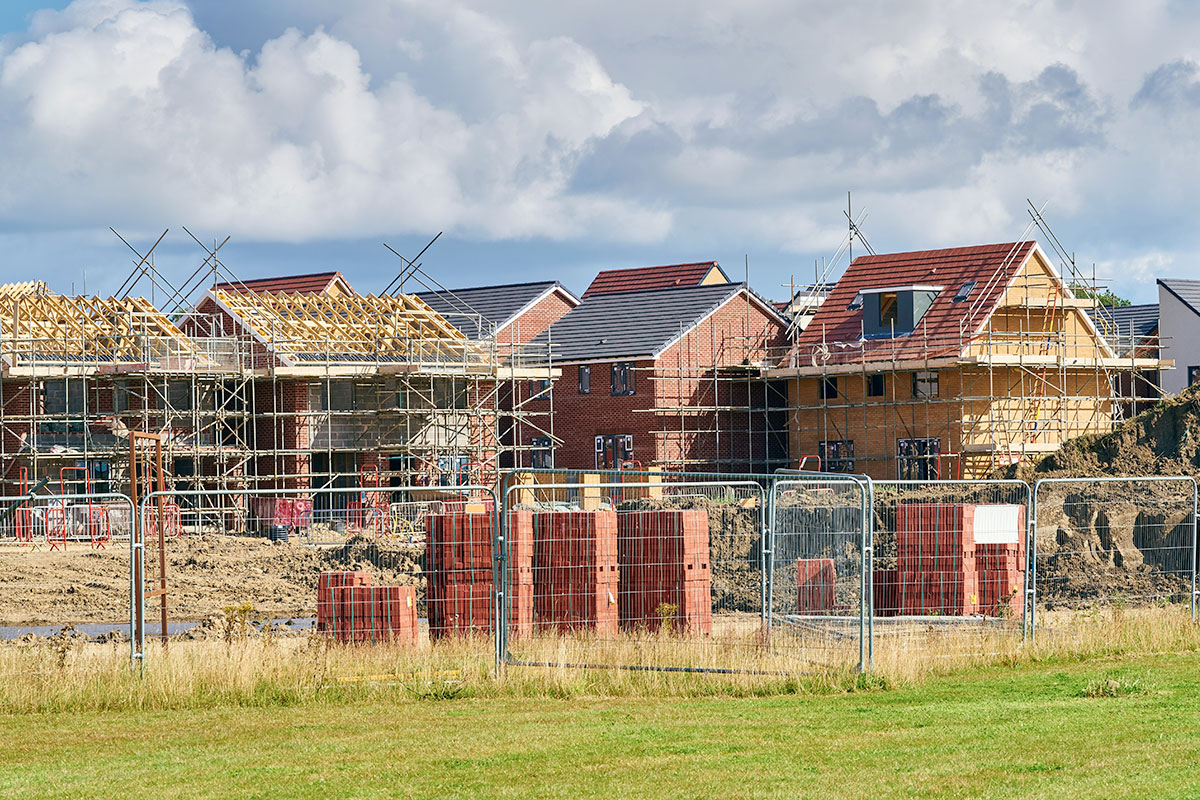Britain’s electricity infrastructure is failing to keep pace with development, according to a new study from Savills Earth.
The study highlighted that there are now over 27 GW of projects unable to connect to the grid despite 37 GW of headroom existing nationwide, and highlights the challenges developers face when bringing new built environment projects online, from housing to data centres.
The figures offer some stark perspective, with 1 GW theoretically able to power up to 500,000 homes. Yet, grid capacity has not grown fast enough to accommodate the increasing need for electricity in the right places, leaving 27 GW of new projects queuing for vital connections.
This shortfall is attributed to what Savills describes as a ‘triple threat’ of rising power demand, grid investment bottlenecks and inefficient power allocation. The result is significant delays that hamper new development, stall economic growth, and threaten net zero ambitions.
According to Savills Earth’s Grid IQ service, there are locations around the UK with capacity of up to 1,000 MW, with urban local authorities averaging around 126 MW of available headroom. However, much of this spare capacity is ill-suited to large-scale developments. Even smaller housing projects often need more than the most constrained substations can deliver, with 11% of substations lacking the 1 MW required to serve 500 homes.
Rural areas, meanwhile, face the added challenge of distance between grid supply points and potential development sites, which can make connections costlier and more complex. That has led to what Savills Earth says is a ‘false impression’ of abundant capacity, where power is available in theory but not practically accessible without considerable infrastructure upgrades.
Joe Lloyd, Research Analyst, Savills Earth, commented, “Our research provides a glimpse into a crucial segment of our electricity infrastructure, which is essential for driving economic growth, sustainable development, and energy security. By investing in the right infrastructure and implementing effective regulatory frameworks, we can achieve these goals and ensure that power is available where it is needed most.”
Phil Pearson, Director, Savills Earth, added, “Ultimately, a coordinated effort will be required to balance generation capacity and demand effectively. This will involve collaboration between government, industry, and local communities to create a resilient and future proof power grid.”
A call for reform
The need to ensure developments can secure grid connections without lengthy delays is becoming increasingly urgent. By overhauling how and where infrastructure is built, Savills Earth suggests that more localities could unlock the power they need, easing the backlog of stalled developments and supporting the UK’s net zero ambitions.
With Britain’s ambition of driving sustainable growth resting on reliable power, Savills Earth believes it is vital that policymakers, the energy industry, and local authorities work together on a coordinated approach. Through improved collaboration and targeted investment, the firm says the country can reduce the current queue of 27 GW of projects, make better use of the 37 GW of potential headroom, and reshape the way power is delivered.

